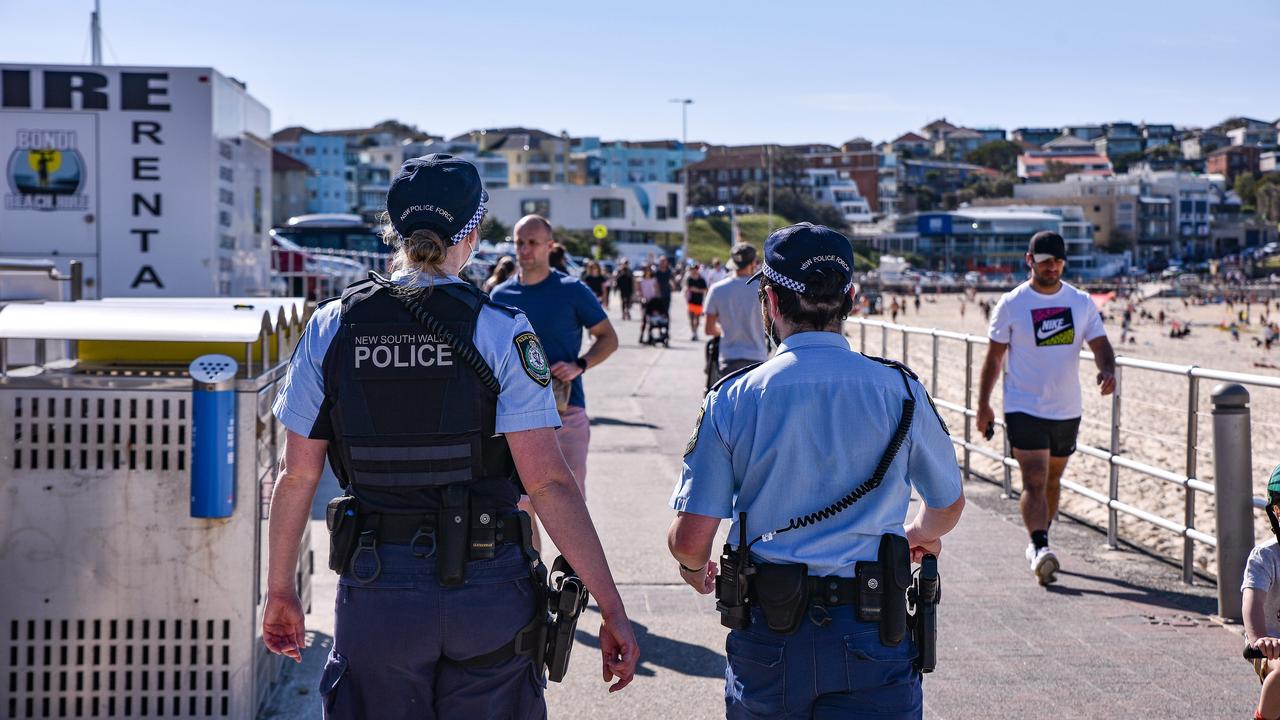Book sheds light on convicted murderer’s role in deadly voyage
Two people go missing from a yacht fortified for war but their travelling companion refuses to tell a jury what happened.

Two people go missing from a yacht fortified for a third world war. Their travelling companion, backpacker Johann Weissensteiner, refuses to tell a jury what happened.
Weissensteiner’s 1991 Queensland murder trial would make legal history, with the High Court affirming that his silence, on facts only he could have known, was capable of strengthening the prosecution’s case.
But it appears Weissensteiner did talk after all, later providing a version of events that did not entirely exonerate him in the mysterious disappearance of fellow Austrian Hartwig Bayerl and Bayerl’s pregnant British girlfriend Susan Zack.
A speech by Queensland Supreme Court judge Soraya Ryan QC to a university legal seminar last year — and published online — has shed new light on the infamous murder case.
Justice Ryan, who wrote the talk before her March appointment to the bench, said her clerk and daughter had teamed up and spent almost three months using Google to translate a book on the murders, published in German.
The book revealed Weissensteiner did eventually give an account of events on the 11m cutter, the SV Immanuel.

Weissensteiner was sentenced to life imprisonment for the murders of Bayerl and Zack. He served 14 years in a far north Queensland prison before being released and deported to Austria in 2004.
With no bodies and no obvious motive, supporters believed he was wrongly convicted.
Interpol was even called in to investigate a photograph that appeared to show Bayerl alive in Europe in 1997 and other “sightings”. Bayerl, handsome and charismatic, was labelled a “prophet of doom” for his ravings on the Cairns waterfront about an impending armageddon.
Freemasons plotting a nuclear holocaust to slash the world’s population by 80 per cent, Bible passages forewarning of disaster and aliens hijacking human bodies formed part of his complex conspiracy theory.
He planned to wait it all out on an island in the Pacific.
Zack, a London pharmacist, sold all her possessions to pay for the Immanuel to be turned into a floating fortress.
Bayerl reinforced the hull with steel. He installed power generators, a water desalinator and bulletproof glass in the portholes.

Weissensteiner, who had fallen under Zack’s spell, worked on the boat as a labourer. In exchange, he would join the couple on their escape from World War III.
Bayerl, 35, and Zack, 31, were last seen on the boat near Cairns in November 1989. At this time Zack, a prolific writer of long and descriptive letters, stopped contacting her mother in England. She was about five months pregnant.
Weissensteiner started being spotted alone on the boat and gave varying explanations for his companions’ absence. In January 1990, he told the Trinity Inlet harbourmaster that Bayerl and Zack were on the Atherton Tablelands. On the same day, he told a Customs official the boat’s owner was in Papua New Guinea.
Family members reported Zack and Bayerl missing, and Weissensteiner and the boat were tracked down in the Marshall Islands.
His conflicting accounts about the whereabouts of Zack and Bayerl continued. He was charged with their murders and extradited to Australia.
In court, Weissensteiner maintained his innocence but would say no more. After the nation’s highest court rejected his appeal, he repeated his only words from his trial: “I am not guilty.”
According to the German book on the case, after he was convicted he gave an account of what he said really happened.

All three had sailed away to flee the apocalypse. Zack, initially a willing participant, wanted to turn back. Bayerl refused and so the two men guarded her.
One day, Weissensteiner woke in his bunk to the sound of a gunshot. Running to the deck he saw Zack was dead. He and Bayerl threw her overboard.
They went on to Bougainville, where Bayerl exchanged weapons for cannabis and then disappeared in a dinghy.
A copy of Justice Ryan’s speech does not name the book, but Austrian author Ulrike Rainer says it mirrors hers, Flucht vor Armageddon, published in German in 2000.
Rainer told The Weekend Australian that Weissensteiner gave the account about the shot in a letter to an Interpol agent investigating Bayerl sightings.
She did not know whether to believe Weissensteiner, but it had reassured her that his jailing was not a grave injustice.
“If you cover things up around a murder, you are aiding murder. You are a criminal,” she said.
Weissensteiner, now 53, could not be contacted this week.



